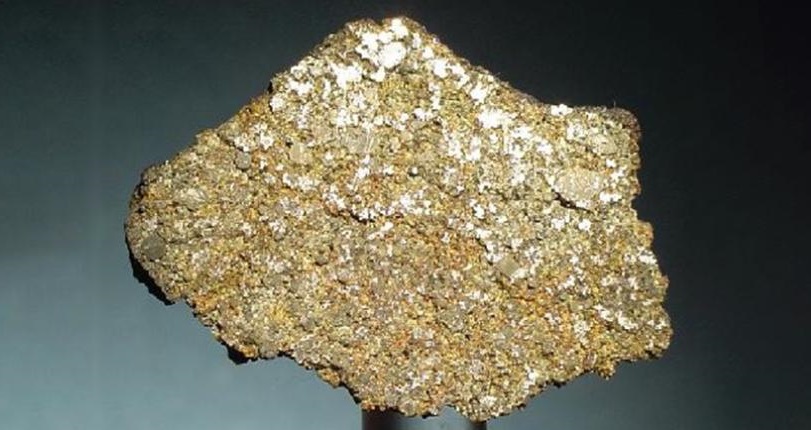European scientists may have found a way to make magnets for wind turbines and electric vehicles without using rare earth metals.
British and Austrian researchers found a way to make tetrataenite. If the production process is commercially feasible, western countries will greatly reduce their dependence on China's rare earth metals.

Tetrataenite is an alloy of iron and nickel, with a specific atomic structure. It is common in iron meteorites and takes millions of years to form naturally in the universe.
In the 1960s, scientists hit iron nickel alloy with neutrons to arrange atoms according to a specific structure and artificially synthesized tetrataenite, but this technology is not suitable for large-scale production.
Researchers from the University of Cambridge, the Austrian Academy of Sciences and the Montanuniversität in Leoben have found that adding phosphorus, a common element, to an appropriate amount of iron and nickel, and pouring the alloy into the mold can produce tetrataenite on a large scale.
The researchers hope to cooperate with major magnet manufacturers to determine whether tetrataenite is suitable for high-performance magnets.
High performance magnets are a vital technology for building a zero carbon economy, the key parts of generators and electric motors. At present, rare earth elements must be added to manufacture high performance magnets. Rare earth metals are not rare in the earth's crust, but the refining process is difficult, which needs to consume a lot of energy and damage the environment.
Professor Greer of the Department of Materials Science and Metallurgy of Cambridge University, who led the research, said: "There are rare earth deposits in other places, but mining activities are highly destructive: a large number of ores must be mined before a small amount of rare earth metals can be extracted from them. Between the environmental impact and high dependence on China, it is urgent to find alternative materials that do not use rare earth metals."
At present, more than 80% of the world's rare earth metals and rare earth magnets are produced in China. President Biden of the United States once expressed support for increasing the output of key materials, while the EU suggested that member countries diversify their supply chains and avoid excessive dependence on China and other single markets, including rare earth metals.

Copyright © Ningbo Horizon Magnetic Technologies Co., Ltd. All Rights Reserved Sitemap